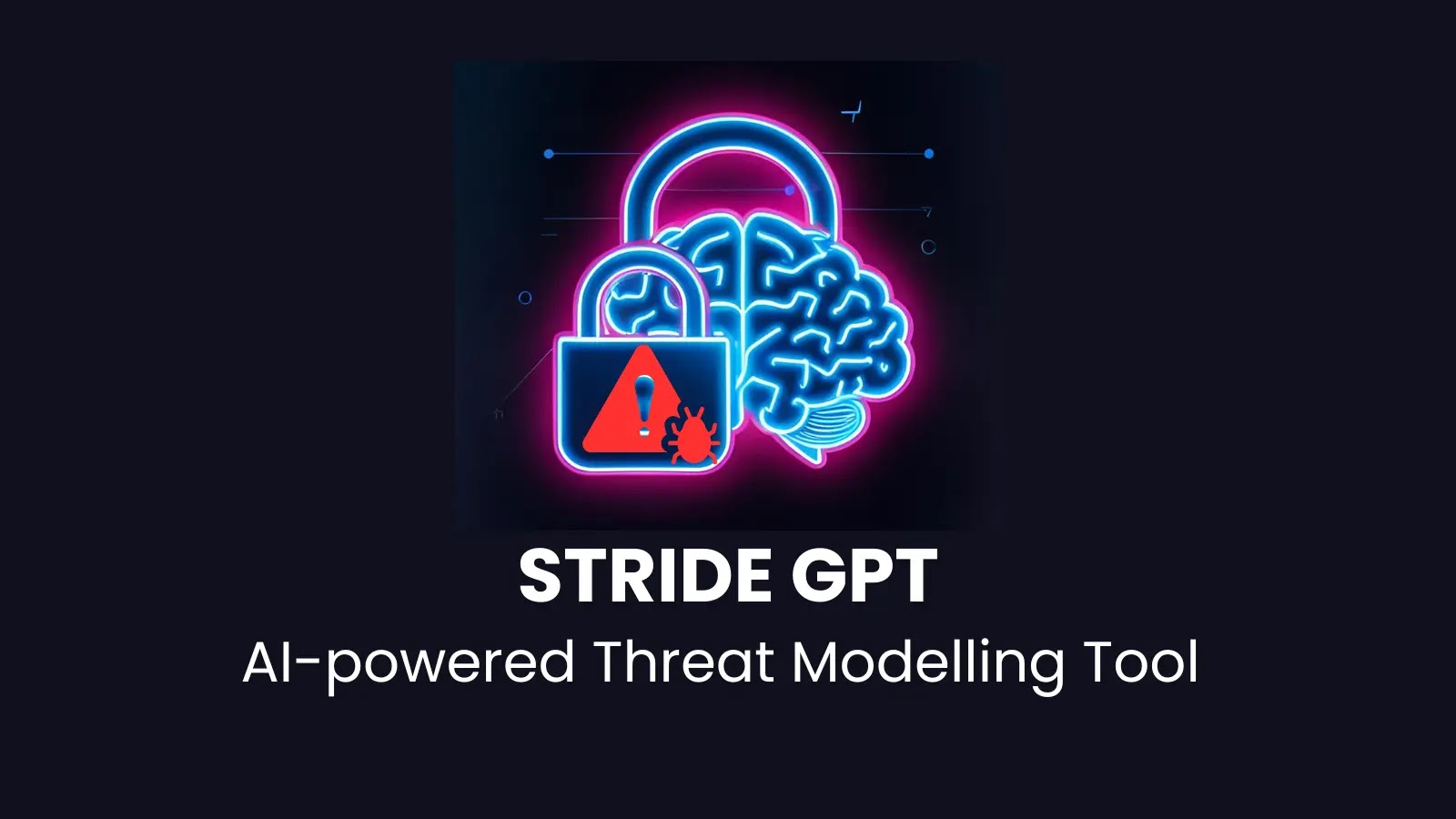In the rapidly evolving landscape of cybersecurity, the integration of artificial intelligence (AI) has become a game-changer. One such innovation is STRIDE GPT, an AI-driven tool that automates threat modeling by leveraging large language models (LLMs) to identify potential vulnerabilities and suggest mitigations. Developed by Matthew Adams, Head of Security Enablement at Citi, STRIDE GPT combines the traditional STRIDE methodology with advanced AI capabilities to enhance security practices.
Understanding STRIDE GPT
STRIDE GPT is designed to streamline the threat modeling process by automating the identification of potential threats within software applications. Users input specific details about their application, such as its type, authentication methods, internet exposure, and whether it processes sensitive data. Based on this information, STRIDE GPT generates comprehensive threat models and attack trees, providing a clear visualization of potential attack paths. Additionally, it suggests possible mitigations for identified threats, enabling organizations to proactively address security concerns.
Key Features of STRIDE GPT
1. User-Friendly Interface: The tool offers a simple and intuitive interface, making it accessible to both security professionals and developers.
2. Multimodal Threat Modeling: Users can incorporate various inputs, including architecture diagrams and flowcharts, to enhance the accuracy of threat models.
3. Attack Tree Generation: STRIDE GPT creates detailed attack trees that enumerate possible attack paths, aiding in comprehensive threat analysis.
4. Mitigation Suggestions: The tool provides actionable recommendations to address identified threats, facilitating a proactive security approach.
5. DREAD Risk Scoring: It supports DREAD risk scoring, allowing users to assess the severity of threats based on Damage potential, Reproducibility, Exploitability, Affected users, and Discoverability.
6. Gherkin Test Case Generation: STRIDE GPT generates Gherkin test cases based on identified threats, bridging the gap between threat modeling and testing.
7. Data Privacy: The tool ensures that application details are not stored, maintaining confidentiality and data privacy.
8. Integration with Multiple AI Models: It supports models accessed via OpenAI API, Azure OpenAI Service, Google AI API, and Mistral API, offering flexibility to users.
9. Docker Deployment: STRIDE GPT is available as a Docker container image, facilitating easy deployment across various environments.
Recent Enhancements and Roadmap
STRIDE GPT has undergone continuous improvements to enhance its functionality and user experience. Recent updates include:
– DREAD Risk Scoring: The addition of DREAD risk scoring allows for a more nuanced assessment of threats, aiding in prioritization of mitigation efforts.
– Gherkin Test Cases: The tool now generates Gherkin test cases, ensuring that security considerations are integrated into the testing process.
– UI Enhancements: A refreshed user interface improves navigation and interaction with the tool’s features.
Looking ahead, the development roadmap for STRIDE GPT includes:
– Support for Multi-Modal Threat Modeling: Enhancing the tool’s ability to process various input formats for more comprehensive threat analysis.
– Autogeneration of Application Descriptions: Automatically generating application descriptions based on README files in GitHub repositories to streamline the input process.
– Customizable and Exportable Reports: Providing options to export threat models, attack trees, and mitigations in formats like PDF and Word for easier documentation and sharing.
– Multilingual Support: Updating the user interface to support multiple languages, making the tool accessible to a broader audience.
Impact on Cybersecurity Practices
The introduction of STRIDE GPT marks a significant advancement in the field of cybersecurity. By automating the threat modeling process, it reduces the time and effort required to identify and mitigate potential threats. This efficiency allows organizations to integrate security considerations early in the software development lifecycle, fostering a proactive security culture.
Moreover, STRIDE GPT’s ability to generate detailed attack trees and suggest mitigations provides security teams with valuable insights, enabling them to address vulnerabilities before they can be exploited. The integration of AI into traditional threat modeling methodologies exemplifies the potential of technology to enhance security practices and protect against evolving cyber threats.
Conclusion
STRIDE GPT represents a transformative approach to threat modeling by combining the established STRIDE methodology with the power of AI. Its user-friendly interface, comprehensive features, and continuous enhancements make it a valuable tool for organizations aiming to strengthen their cybersecurity posture. As cyber threats become increasingly sophisticated, tools like STRIDE GPT will play a crucial role in enabling proactive and effective security measures.



